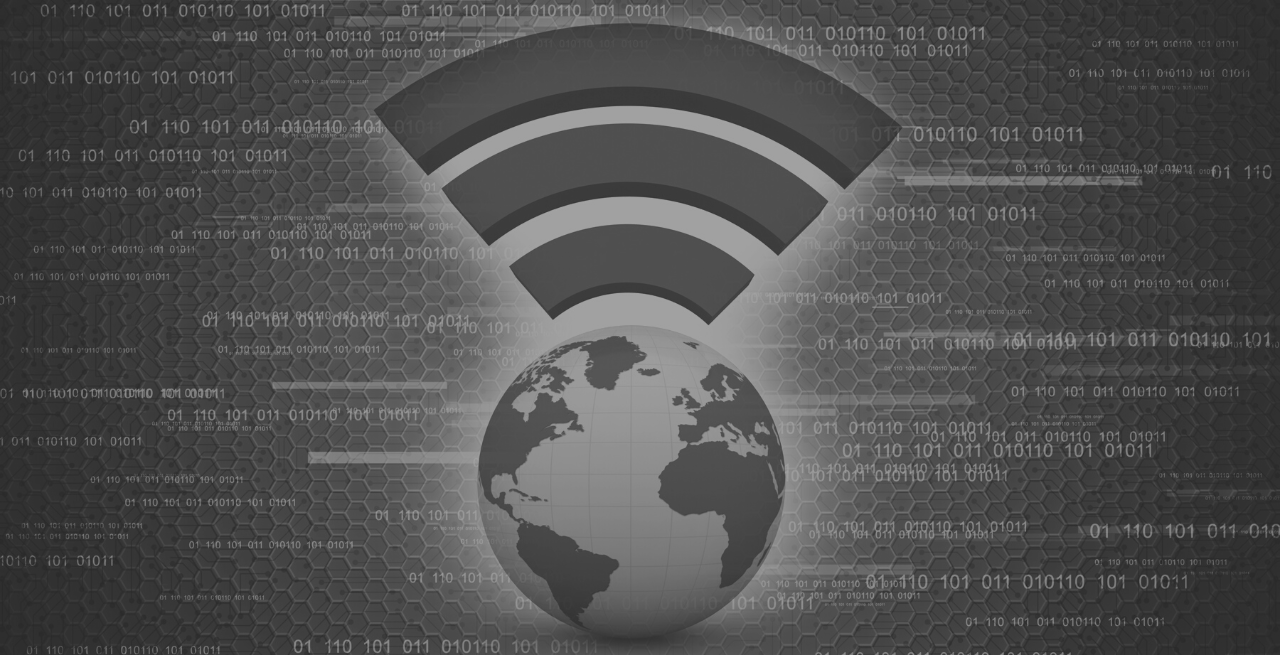The Infrastructure Investment and Jobs Act (IIJA), also known as the Bipartisan Infrastructure Bill (BIL), enacted the largest investment in broadband access in history, $65 billion, with the goal of connecting all Americans to affordable high-speed internet. The centerpiece of the efforts is the Broadband Equity, Access, and Deployment (BEAD) Program, under which more than 2/3 of the total amount of IIJA’s broadband funds will be disbursed. But the staggering monetary figure connected with the BEAD program is not what makes it so special. It’s BEAD’s interconnectedness with the other broadband programs that so clearly makes it the star of the show.
Like many federal grants, funding awarded under the BEAD program comes with a variety of strings attached. Before states can start awarding subgrants from their allocation of funds they must first provide their five-year plan for the use of BEAD funds to the National Telecommunications and Information Administration (NTIA). NTIA encourages entities participating in BEAD to also participate in the programs established under the Digital Equity Act of 2021, a component of IIJA, saying that entities “should view [the BEAD] NOFO and the State Digital Equity Planning Grant NOFO holistically as complementary efforts aimed at a singular, unified objective of closing the digital divide.” The Digital Equity Act of 2021 provided $2.75 billion for three programs. NTIA will send notice of funding awards for the digital equity planning grants on September 29, which will surely help states such as Washington, where the legislature has built upon the federal efforts and tasked the state’s broadband office with developing a digital equity plan and a state digital equity planning grant program.
Broadband networks make the most sense to build if access to them is available to everyone and ensuring that broadband service is affordable to all is the goal of the Affordable Connectivity Program (ACP). An extension of the now-former Emergency Broadband Benefit Program, the ACP provides subsidies to eligible households to help lower the cost of broadband service. Projects funded through BEAD must also ensure that the networks are accessible through the ACP, and subgrantees receiving BEAD funding must offer at least one low-cost service option. In 2022, legislators from New York to California proposed their own broadband affordability programs, but only the Virginia General Assembly has thus far been successful in enacting any legislation specifically aimed at broadband affordability.
Through BEAD, nearly $42.5 billion will flow from the federal government to the local governments and utility providers that will be constructing the new broadband networks in order to close the digital divide that the IIJA accurately describes as a barrier to the United States’ global competitiveness and as something that inhibits the quality of life for countless Americans. The BEAD program sets high standards to ensure that its funds will be used well to eliminate the digital divide, and it will be up to the applicants to prove that they are up to the task.
Let Stateside help you track and leverage broadband funding opportunities through our expertly guided tools and services. Learn more about our Infrastructure Funding Consulting options here.


